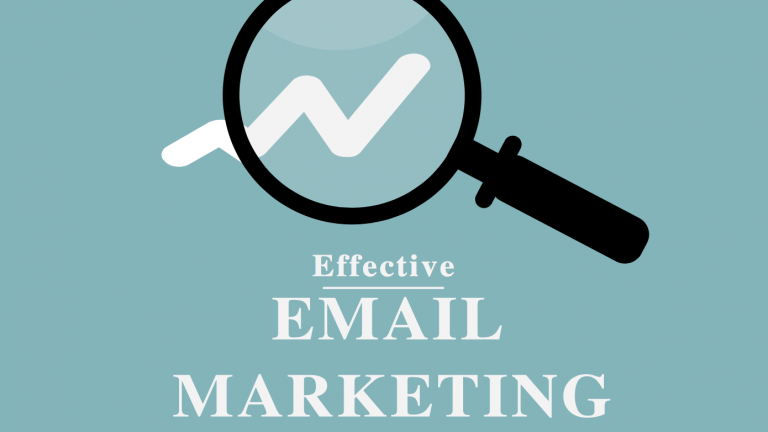Here are the key factors that you should consider to build an effective email campaign.
1. Determine the purpose of your email campaign
Before you establish an email marketing campaign, know what you want to achieve. There are various reasons for rolling out an email campaign. Do you want to acquire new clients, retain existing customers, or promote your brand? It is important to determine your purpose right from the start. This will shape the structure of your campaign and also help you to maintain consistency on your key messages. If you do not define your target, you cannot be able to measure the success of your email marketing campaign.
2. Choose the most effective type of email
Think about the people you want to email and the kind of content they need. There are several types of emails that you can use to fulfill the needs of your audience. However, the purpose of your email campaign should determine your choice. Promotional emails are used to advertise a particular service or product so as to encourage customers to take an action. Your customers will always be excited about new products or services.
Survey emails are used to collect valuable information such as customer feedback and testimonials. Such information will help you know the type of people who your business is attracting, how they think of your business, and how to improve your products and services. You can also use testimonials on your website to promote your business. Survey emails are a great way to prove that you value your customers’ input. Businesses and companies use newsletter emails to promote their brand, establish authority and disseminate industry news.
Demonstrate that you are an expert in your field by sharing information that does not directly promote your products, but offers information that is of interest to your customers.
3. Build a sizable email list
You can build your email list in various ways including offering a newsletter, product updates or simply giving something for free. In addition, incorporate some form of email subscription as part of your buying process. Then group your audience by qualities that are relevant to your metrics such as location, history with the company or age. This will help you to create and deliver personalized campaigns that are relevant to different subscribers. It will also be easier for you to track your metrics and make a follow-up. Remember to always create a strong call-to-action that will convince your audience to take an action.
4. Find out the best time to send emails
The type of email that you have chosen determines the frequency of your emails. For instance, it is a good practice to send monthly promotional emails and a newsletter every week or fortnightly. Find out the most effective time by trying different options. You should work with the option that gives you the best response. Once you know the ideal time, create an email schedule and stick to it. Do not promise to send emails per week and instead send them monthly. This will upset your subscribers and you will definitely be setting yourself up for failure.
5. Test, test, test… A/B test. Email preview test. Spam check test.
A/B testing is a basic method to experiment with new thoughts and to ensure your email content is as well as can be expected be. Rather than running with your premonition and suppositions, A/B testing gives you results based on actual behavior – enabling you to locate a subject line that really speaks to your recipients, or a CTA that will ramp up your click-through rate.
Real-time – Real Device Email Design testing is crucial to have clarity on each aspect of your email campaign on how it looks on all popular email applications and devices.
Inbox Placement Insights and Spam check will have a huge effect on the final result of your email marketing campaign.
6. Track your performance
Most email marketing platforms will enable you to track your email campaign. They have several reporting tools that show you how many emails reached the inbox of subscribers and how many people clicked on the product links. If you notice that the opt-out rate is higher than the opt-in rate, find out when people are leaving and act on the probable reasons. If subscribers are not reading your emails, you need to work harder to manage expectations and provide value. If you track your email campaign regularly, you will be able to get specific clues on what is working and what might be going wrong.






2 thoughts on “How to Implement Effective Email Marketing”